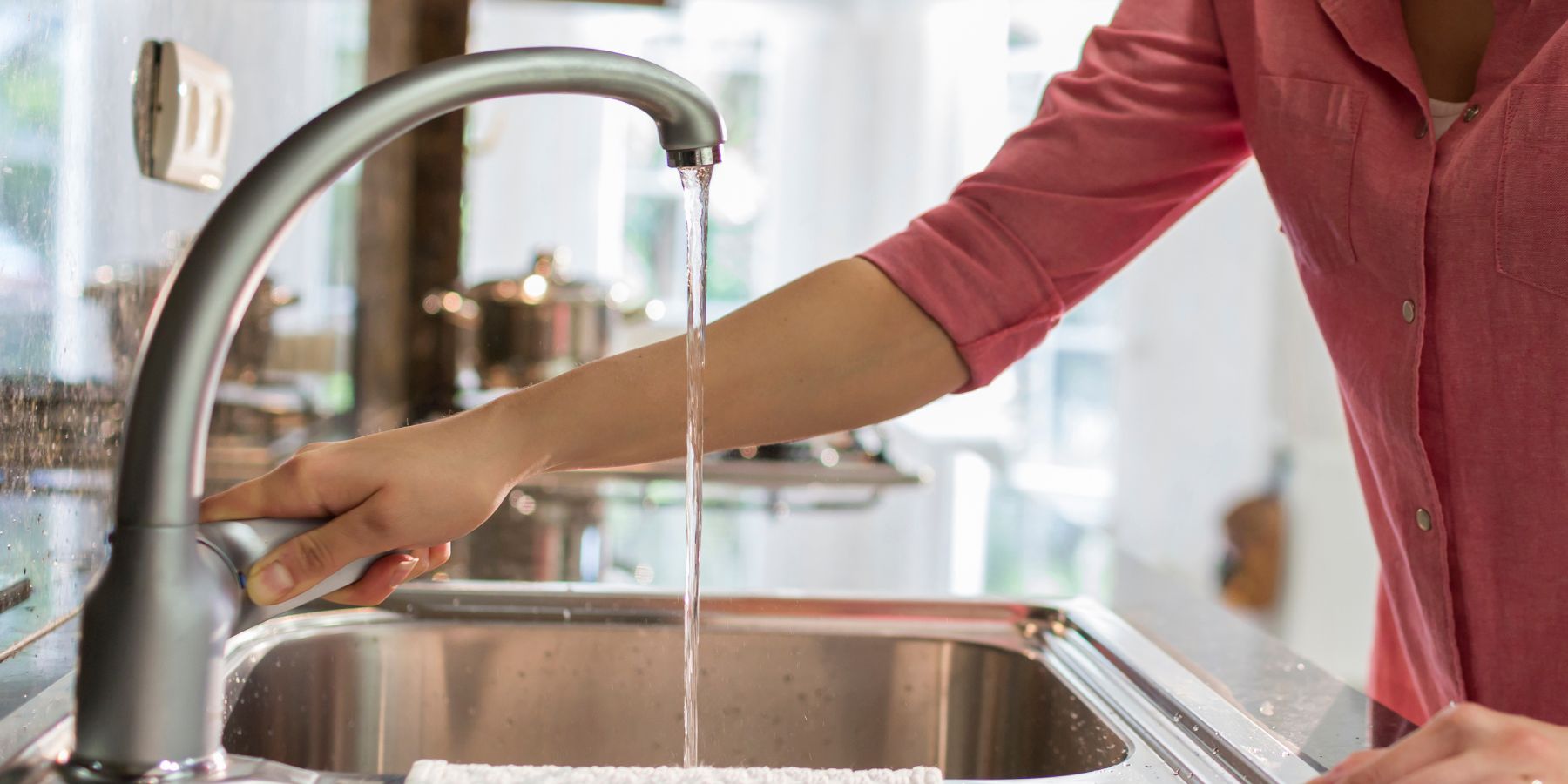Keeping your water bottle clean and disinfected is essential for your health. Regular cleaning prevents the buildup of bacteria, mold, and odors. This guide will provide you with steps to effectively disinfect your water bottle.
Daily Cleaning Routine
Rinse After Each Use: Empty and rinse your bottle with warm water after every use to remove any residue.
Soap and Water Wash: Use mild dish soap and warm water to clean the bottle. A bottle brush can be helpful to scrub the inside thoroughly.
Deep Cleaning with Baking Soda
Baking Soda Solution: Mix a teaspoon of baking soda with water to fill the bottle. Baking soda is a natural cleaning agent that helps remove odors and stains.
Soak Overnight: Let the solution sit overnight for deep cleaning.
Rinse Thoroughly: Rinse the bottle multiple times to ensure all baking soda residue is removed.
Vinegar: A Natural Disinfectant
Vinegar Solution: Fill the bottle with equal parts of white vinegar and water.
Soaking Time: Let the bottle soak with the vinegar solution for several hours or overnight to disinfect.
Final Rinse: Rinse the bottle thoroughly with water to remove the vinegar smell.
Using Denture Cleaning Tablets
Effervescent Cleaning: Denture cleaning tablets can be an effective and easy cleaning solution. Fill the bottle with water and add a tablet.
Soaking Period: Let it sit for the time specified on the tablet’s packaging.
Rinse Well: After soaking, rinse the bottle out completely.
Boiling Water for Sterilization
Boiling Water Method: Boiling water can be used to sterilize your water bottle. Fill the bottle with boiling water and let it stand for a few minutes.
Caution with Materials: Be cautious with this method, as some materials like certain plastics may not withstand high heat.
Cleaning Bottle Caps and Straws
Attention to Accessories: Don’t forget to clean the cap, straw, or any other accessories. These parts can harbor bacteria.
Soak and Scrub: Soak these parts in soapy water or vinegar solution, then use a small brush to clean thoroughly.
Sun-Drying for Additional Sanitization
Use of Sunlight: Sun-drying is an effective way to kill any remaining bacteria. After washing, leave the bottle and its parts in direct sunlight for a few hours.
Regular Replacement of Water Bottles
Assessing Wear and Tear: Over time, inspect your water bottle for any signs of wear, cracks, or permanent staining.
Replacing When Necessary: If your bottle shows significant wear or retains odors despite cleaning, it’s time to replace it.
Conclusion
Regularly disinfecting your water bottle is crucial for maintaining hygiene and ensuring your drinking water is safe. By following these simple steps, you can keep your bottle clean, odor-free, and ready for your hydration needs.
